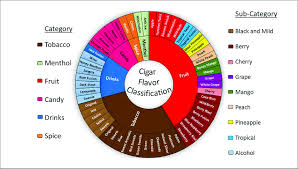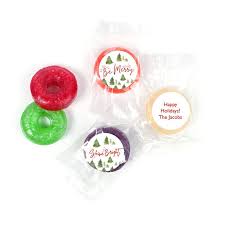The Fascinating World of Flavors
Flavors are the essence of our culinary experiences, enriching our taste buds and captivating our senses. From the sweet embrace of a ripe strawberry to the fiery kick of a chili pepper, flavors add depth and excitement to every dish we savor.
Each flavor tells a unique story, drawing from a rich tapestry of ingredients and culinary traditions. Whether it’s the umami richness of soy sauce in Japanese cuisine or the aromatic blend of spices in Indian curries, flavors have the power to transport us to distant lands and evoke cherished memories.
Exploring flavors is an adventure in itself, as we discover new taste combinations and push the boundaries of our palate. From experimenting with bold and unexpected pairings to savoring comforting familiar tastes, there is no limit to the creative possibilities that flavors offer.
Moreover, flavors extend beyond just food and drink – they infuse our lives with vibrancy and excitement. The scent of fresh mint in a soothing cup of tea or the zesty tang of citrus in a revitalizing fragrance can uplift our spirits and invigorate our senses.
As we celebrate the diversity of flavors that grace our tables and tantalize our taste buds, let us embrace the magic that each flavor brings. Whether you have a penchant for spicy sensations or a craving for sweet indulgence, there is a world of flavors waiting to be explored and enjoyed.
Common Questions About Food Flavors
- How do you spell flavor in English?
- Is it flavours or flavors?
- What are food flavours on Wikipedia?
- What is flavor in food?
How do you spell flavor in English?
The spelling of “flavor” in English follows the American English convention, where it is spelled as “flavor.” This spelling is commonly used in the United States and other regions that adhere to American English standards. The word “flavour” with a “u” is the British English spelling variant. Both spellings refer to the same concept of taste or aroma in food and beverages, with the difference lying in regional language preferences.
Is it flavours or flavors?
The frequently asked question about whether it is “flavours” or “flavors” often arises due to differences in spelling conventions between British English and American English. In British English, the word is typically spelled as “flavours,” while in American English, it is commonly written as “flavors.” This variance reflects the distinct linguistic traditions of each region, with both spellings being correct within their respective contexts. Ultimately, whether you prefer the British or American spelling, what truly matters is savoring the rich array of flavors that add zest to our culinary experiences.
What are food flavours on Wikipedia?
Food flavors, as described on Wikipedia, encompass a vast array of substances that impart taste and aroma to a wide range of edible products. These flavoring agents can be natural or synthetic compounds that mimic the taste of fruits, spices, herbs, and other food sources. They play a crucial role in enhancing the sensory experience of food and beverages, creating unique and appealing flavor profiles that cater to diverse preferences. From sweet and savory notes to complex and nuanced undertones, food flavors add depth and character to culinary creations, making them more enjoyable and memorable for consumers worldwide.
What is flavor in food?
Flavor in food encompasses the sensory experience derived from a combination of taste, aroma, and texture that defines the overall perception of a dish. It goes beyond just the basic tastes of sweet, salty, sour, bitter, and umami to include the complex interplay of various elements that create a harmonious and memorable eating experience. The flavor profile of a food item is influenced by factors such as ingredients used, cooking techniques employed, cultural influences, and personal preferences, making it a dynamic and multifaceted aspect of culinary enjoyment. Ultimately, flavor in food is what excites our taste buds, evokes emotions, and leaves a lasting impression on our palates.




